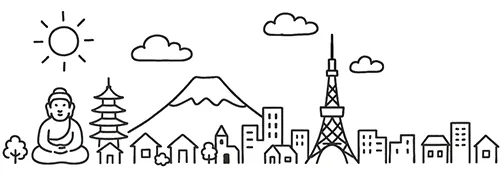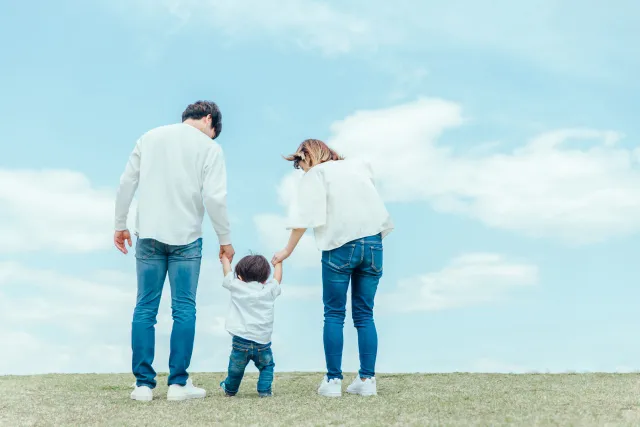Japan has made significant strides in recent years to reduce the cost of early childhood education and care. But if you’re a foreign national living in Japan (or considering a move), it’s helpful to understand the details—what’s truly free, what you still might pay, how private vs public institutions differ, and how things compare to other countries.
Public vs Private: Kindergarten (yōchien) vs Nursery / Daycare (hoikuen)
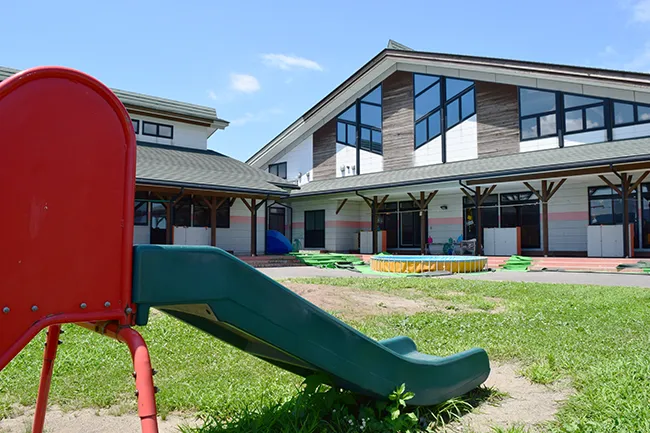
In Japan there are broadly two types of early childhood institutions:
- Kindergartens (yōchien, 幼稚園): typically geared toward children aged 3 to 5, focusing on early education rather than full-day care.
- Nurseries / Daycare centers (hoikuen, 保育園) or certified childcare centers (認可保育園 / 認定こども園 etc.): these accept younger children (often from 0 years old) and are designed for guardians who work (or otherwise need childcare) and need longer hours service.
Private vs public: Many kindergartens or hoikuen are publicly certified/licensed (approved by municipal or national government) and receive subsidies; others are private or unlicensed and charge higher fees. The fee structure is significantly different between the two.
How “free” really works in Japan

Japan instituted major reforms starting October 2019 under the “Free Early Childhood Education and Care” (幼児教育・保育の無償化) initiative.
Here’s what to know:
- For children aged 3 to 5 years old, attending certified kindergartens or licensed daycare/early childhood education centres: the basic usage/tuition fees are free.
- For children aged 0 to 2 years, the fee-free rule is more limited: typically only for households that are exempt from municipal resident tax (住民税) and only in licensed childcare centres.
- “Free” often covers tuition/basic usage, but not always extras like school lunches, snacks, uniforms, extended-hours (early morning / late evening) care, or special activities.
- The amount of subsidy or reduction can vary by municipality and by whether the institution is “licensed” (認可) or “unlicensed” (認可外). For example, one city (Yokohama) lists usage fees for 0-2 yrs ranging from 0 yen to 58,100 yen per month depending on income. Â
0-Year-Olds and Starting from Infant Age
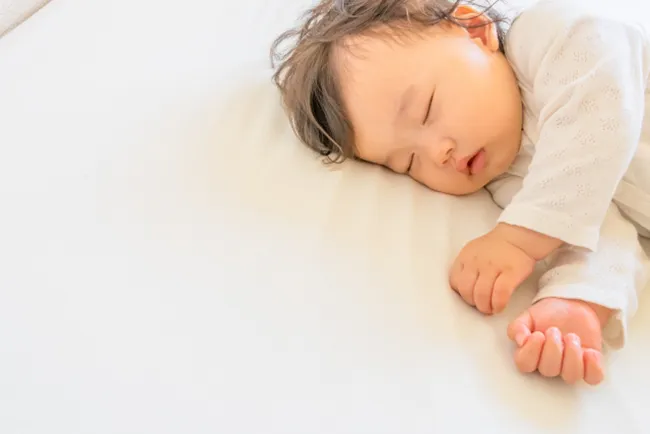
If you are considering enrolling your child from 0 years (infants) in daycare:
- Licensed daycares (認可保育園) accept children from infancy (often from about a few months old) if one or both guardians are working etc.
- For 0-2 yr olds, fees are based on household income in many municipalities. For example in Yokohama the fee “varies depending on factors such as household income, and ranges from 0 yen to 77,500 yen per month” for the 0-2 age bracket.
- If your household is not exempt from municipal tax, you may not qualify fully for fee-free benefits in the 0-2 age group—meaning you may pay significant fees.
- Additionally, in the case of “unlicensed childcare” (認可外保育園) the fees are even higher and the subsidy caps are lower: e.g., for 0-2yrs in unlicensed, up to about ¥42,000/month for tax-exempt households.
Private (non-public) Institutions & Extra Costs

Even with fee-free tuition for 3-5 yrs, many “private kindergartens” or “international preschools” will charge other costs: entrance fees, materials, uniforms, bus fees, lunch/snacks, extra-curriculars, maybe higher hourly rates for extended hours, etc.
Some sources cite typical private nursery fees (for under-3yrs) around ¥40,000-¥80,000 per month in Tokyo for private facilities.
Also, for children 3-5yrs using extended-hours childcare “before/after” kindergarten hours, the free tuition may not cover full hours—there is often a cap (for example up to about ¥11,300/month) if the “need for childcare” is certified.
How Fees Are Decided
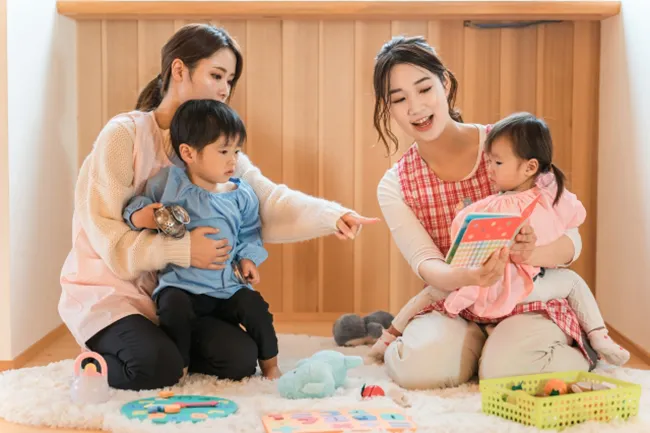
Fees are generally determined based on:
- Type of facility (licensed vs unlicensed)
- Child’s age (younger = higher fees)
- Household income / resident tax status
- Hours used (basic hours vs extended hours)
- Whether guardian(s) work / have “need for childcare” certification
For example: the municipal website in Yokohama states “The fee for the 0-2 year old class varies depending on factors such as household income, and ranges from 0 yen to 77,500 yen per month.”
How This Compares with Other Countries
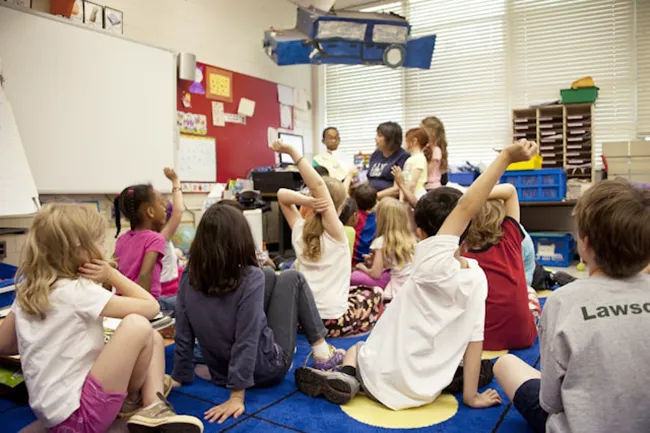
In many other countries, childcare costs are among the largest expenses for a working parent. For example in the U.S., annual daycare cost easily exceeds US $18,000 per child.
Japan’s system now offers strong subsidy/fee-free benefits for many children, especially ages 3–5, which is notable. However, the quality, capacity, hours, waiting lists and local differences still mean access and cost vary widely.
For foreign families accustomed to a “pay large tuition” model, Japan’s subsidised approach may relieve stress—but you’ll still want to check the details in your ward/city.
Foreign Nationals: Can You Enroll Your Child?
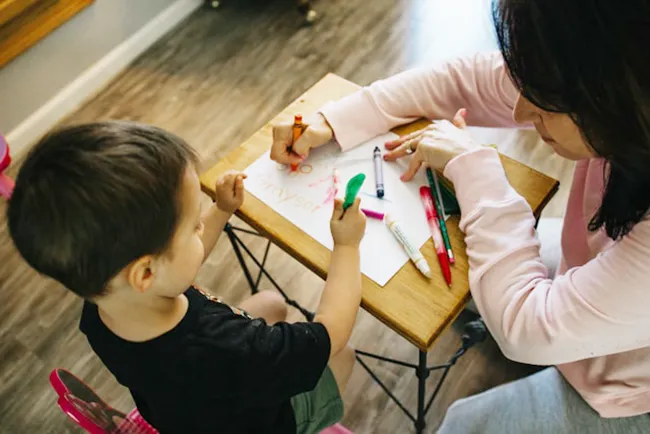
If you are a non-Japanese resident/foreign national in Japan and you live in a municipality (ward/city) you generally can apply for licensed daycare (hoikuen) or kindergarten (yōchien) just like Japanese nationals, subject to the same process and eligibility for “need for childcare” (especially for daycare). Some points:
- You’ll need to apply through your local municipal office (city ward/child & family support division) and the facility you wish to use.
- For the fee-free/fee-subsidy scheme, the key is: your child is in a qualified facility, you meet the local criteria (residence registration, tax status, etc). The subsidy applies to all children who meet those criteria, regardless of nationality. (It is not limited only to Japanese nationals.)
- Be sure to check that the facility is “licensed” (認可) and qualifies for the subsidy scheme (unlicensed may not qualify fully).
- Note: Even when tuition is free, you may still have to pay for meals, snacks, uniforms, event fees, extended-hours care, etc.
- If you have a working visa or residence status, your child may count under “need for childcare” as you work, which helps daycare applications.
- Because waiting lists can be long (in many big cities), it’s wise to apply early, and perhaps have backup options.
Real Costs You Might Still Face
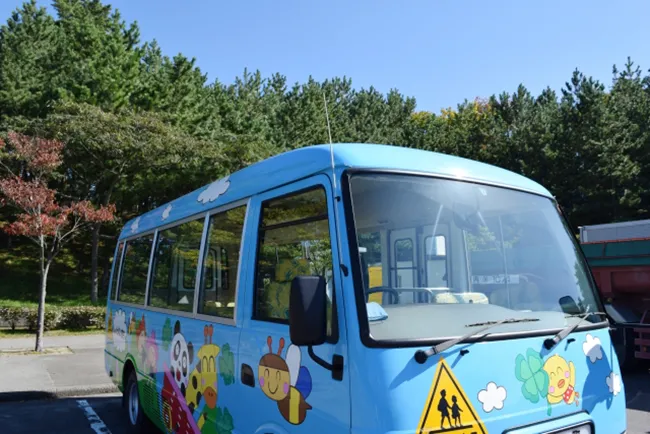
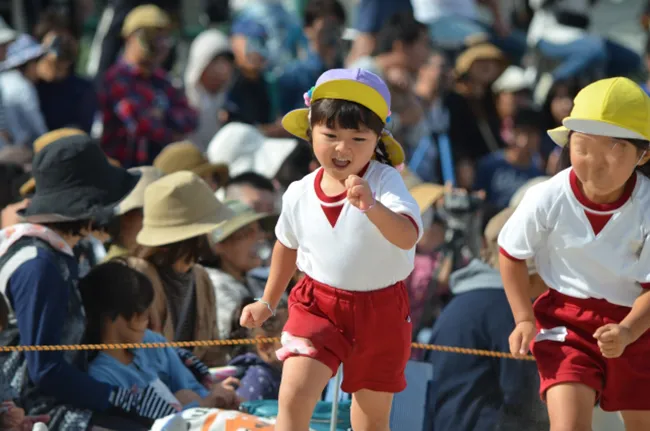
Although basic tuition may be free (for eligible age/household), here are typical additional costs you should anticipate:
- School lunch / snacks / food fees (often monthly)
- Uniforms, school supplies, events/trips
- Extended-hours (“after care” or “early care”) fees if your schedule requires it
- Transportation/bus fees (in some kindergartens)
- Unlicensed facility fees (if you choose such for flexibility) which may not be fully covered by subsidies
- In some municipalities, meals and extra services are not covered by the “free” scheme (so you still pay). For example: in the city of Higashihiroshima the free scheme covers tuition up to 25,700 yen/month for 3-5yrs, but “fees for school lunches (main food and side dishes) and fees for events, etc., are not free.”
Summary Table
Here’s a quick summary:
| Age of Child | Facility Type | Tuition/Usage Fee Status | Typical Additional Costs |
|---|---|---|---|
| 3-5 years | Licensed kindergarten / licensed daycare | Basic tuition is free for all children in certified facilities. | Meals, snacks, uniforms, event fees, extended hours care. |
| 0-2 years | Licensed daycare | Fees depend on income; households exempt from municipal tax may get full subsidy. | Same as above; costs can be substantial if not eligible for full subsidy. |
| Any age | Unlicensed daycare / private school | Less subsidy; higher fees; subsidy caps apply (for example, up to ¥37,000–¥42,000/month depending on conditions). | Often highest costs among options. |
Tips for International Families in Japan
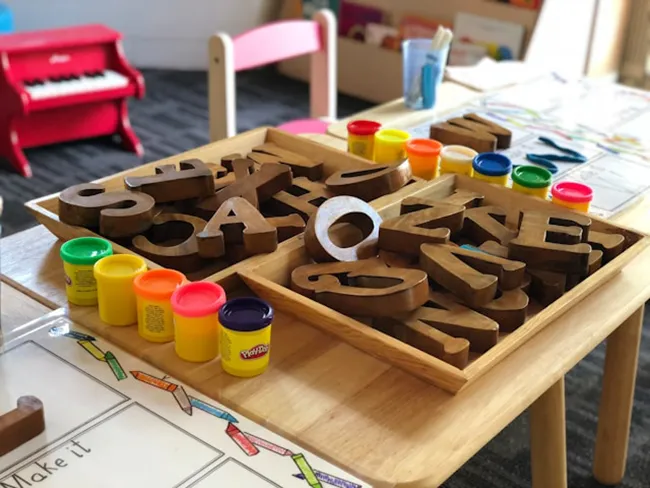
- Check the application period: Some nurseries require applications many months in advance (especially for 0-2yrs) and may give priority to working parents or households needing childcare.
- Check the facility type: Make sure the kindergarten or daycare is certified/licensed and qualifies for the free/fee-reduced scheme.
- Ask about extended hours: If you work irregular hours, you may need early morning or late-evening extended care—and this may cost extra.
- Ask about what “additional costs” you’ll pay (meals/snacks, uniforms, events, transportation, etc.).
- See whether your local ward/city office has an English support desk (many do) and ask for information for families with foreign nationals/residents.
- Understand your resident tax / municipal tax status and how it affects subsidy eligibility.
- If you are moving between municipalities, check whether your previous residence affects your local benefits and waitlists in the new one.
- Consider private/international preschools as a complement—though fees will likely be higher—but still check whether they are eligible for subsidies.
Final Thoughts
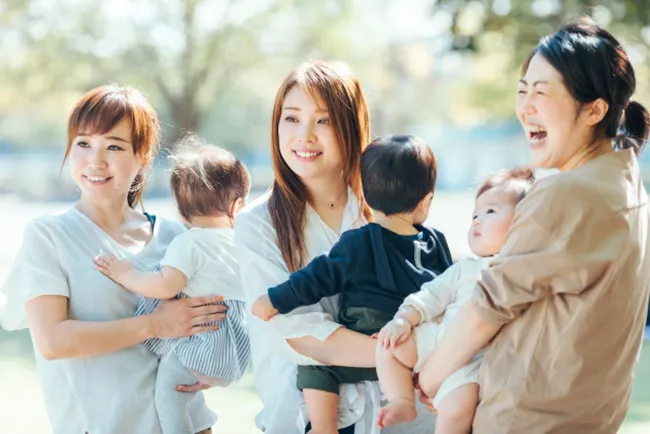
Japan’s “free preschool education and childcare” system is a major benefit for families, especially for children aged 3 to 5. For younger children (0-2 years), the fees can still be substantial unless you meet certain income/resident tax criteria. As a foreign national living in Japan, you can join the system, but you’ll want to research your local ward/city’s rules, apply early, and budget for “extra” costs beyond tuition. Compared to many other countries, Japan is moving toward more accessible early childhood care—but “free” isn’t always entirely free in practice.
Update: From September 1, 2025, Tokyo will introduce free childcare for all households with their first child aged 0 to 2 enrolled in licensed daycare centers.
Thanks for reading.
